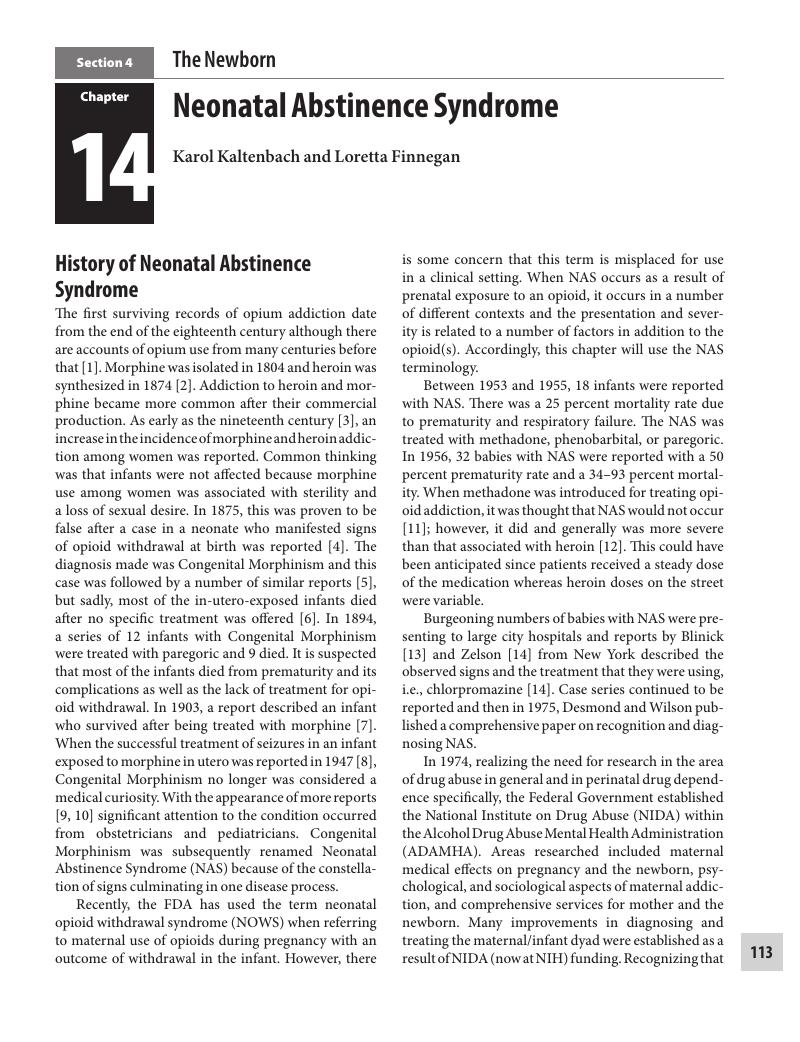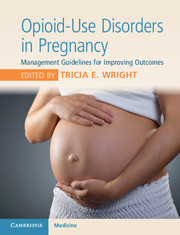Book contents
Section 4 - The Newborn
Published online by Cambridge University Press: 08 June 2018
Summary

- Type
- Chapter
- Information
- Opioid-Use Disorders in PregnancyManagement Guidelines for Improving Outcomes, pp. 113 - 138Publisher: Cambridge University PressPrint publication year: 2018



